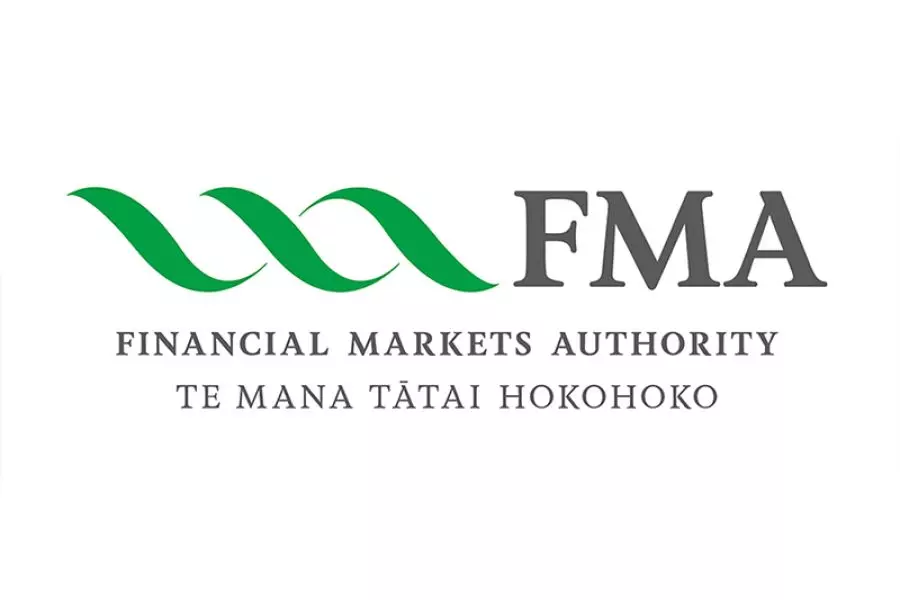News
Demand driving house prices: REINZ
Tuesday 11th of September 2007
They show that the August national median price recovered to reach the May all-time record figure of $350,000, compared with the July figure of $345,000.
Sales slipped further back, from an already low figure of 6,660 in July to just 6,394 in August, well down on the August 2006 figure of 8,556 sales, and the lowest August sales for seven years.
REINZ president Murray Cle...
Want to read the full article?
Click the button below to subscribe and will have unlimited access to full article and all other articles on the site.
2 min read









![[The Wrap] Bye Bye Bayly](https://goodreturns.publit.io/file/c_fill,w_900,h_600/39f23ac1-f7c7-4854-b700-a150004ebbac.webp)